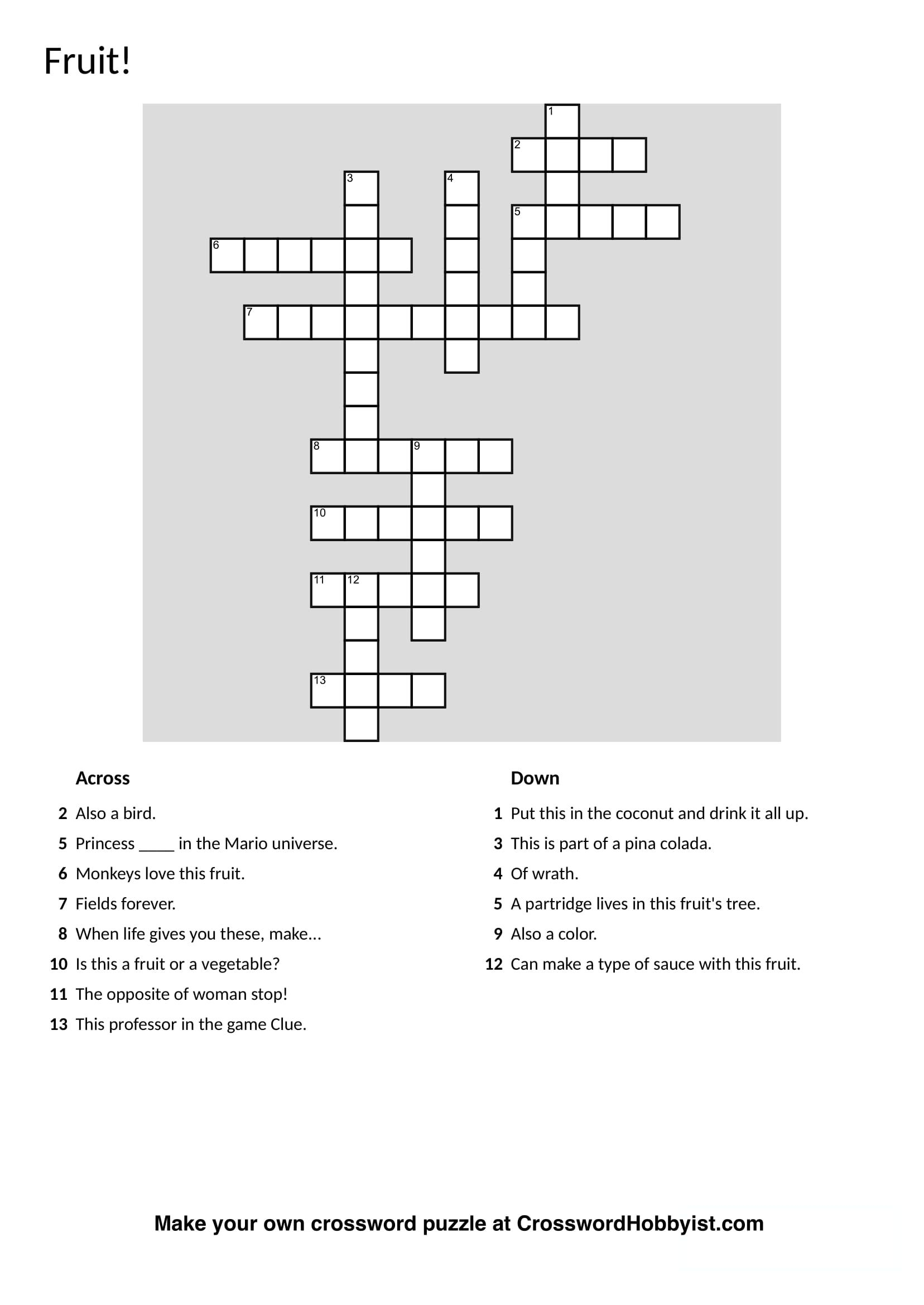

These assets are significant but not physical.

Tangible assets cross categories to include anything that you can touch, such as buildings, cash, equipment, land, office supplies or stock. The physical existense of an asset is either tangible or Examples include cash, cash equivalents, securities and stock. Companies hold these assets for longer than one reporting period.īusinesses do not use up or sell these assets within the current accounting year, and these items offer a continuing benefit for some time.Ĭurrent or liquid assets include items for resale, materials for the production of other goods and services and things you do not retain beyond one reporting period. The convertability of an asset refers to how easily you can convert it into cash.įixed or non-current assets include PP&E and capital assets. These assets include cars, trucks, forklifts and more. For example, you would expense a $12 hammer, but a $1,500 insulated tool set or high-end drill bit set may be a fixed asset. Tools used in the business may be fixed assets depending on their financial basis and the value threshold of the company. Such assets include built-in cabinets, interior walls, ceilings and any electrical and plumbing upgrades. These fixed assets are any additions and upgrades you make to leased assets or rental property. Fittings (known as chattels in the UK and movables in Scotland) include removable items such as mirrors, lights and art. Fixtures include built-in items that you can’t easily remove, such as fireplaces.
#Basic accounting principles crossword answers software
Cloud-based applications are treated like software fixed assets for internal use, described later in this article.įurniture includes office equipment, desks, cupboards and conference tables. Software fixed assets focus on enterprise packages and platforms. These assets include servers, laptops, desktops, iPads and so on. Upon completion, an accountant will move the asset to the appropriate fixed-asset account.

Anything under construction exists in an accumulation account (for example, Construction-in-Process) until the work is complete. Examples of Fixed Assetsįixed assets include existing buildings and facilities that are under construction. The following list includes examples of fixed assets. In accounting records, each fixed asset receives an account. Claim Guide Now List of Fixed Assets in Accounting Learn how NetSuite enables you to streamline revenue accounting function to ensure compliance with current and future guidelines. Inventory includes items such as raw materials and supplies for manufacturing, finished goods for sale and supplies for maintenance, repair and operations.ĪSC 606, constitutes the biggest accounting change in over a decade. Entities record their purchase of a fixed asset on the balance sheet, Asset purchases used to be noted on a sources and uses of funds statement, which is now called a cash flow statement.įixed assets differ from inventory in that inventory exists for the purpose of consumption. Individuals, companies and governments can hold assets. An asset is also a resource the value of which you can dependably measure. What Is an Asset?Īn asset is any resource that you own or manage with the expectation that it will yield continuing benefits or cash flows. Most businesses own at least some fixed assets. Recording fixed-asset transactions helps create valuations and aids in financial reporting, which can be crucial to capital-intensive projects. Some companies move fixed assets regularly for business purposes. The term fixed, however, does not refer to the physicality of an asset. An asset is fixed because it is an item that a business will not consume, sell or convert to cash within an accounting calendar year. East, Nordics and Other Regions (opens in new tab)Ī fixed asset is a tangible piece of property, plant or equipment (PP&E) a fixed asset is also known as a non-current asset.


 0 kommentar(er)
0 kommentar(er)
